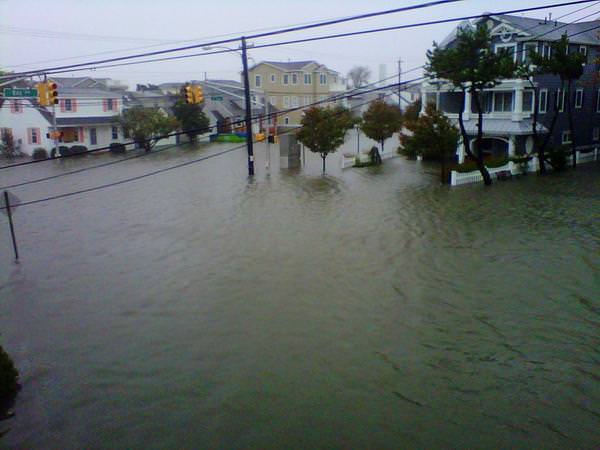Hurricane Matthew was obviously a reminder of the devastation that storm surges can cause to buildings and homes. Approximately $4 billion to $6 billion in insured property loss was caused from Hurricane Matthew’s aftermath, according to projections from CoreLogic. But hurricanes might not be the only threat to businesses and homes down the nation’s coastlines. Adjustments in sea levels could worsen and threaten all the more areas.

Could Houses Be Shielded from Storm Surges?
The Union of Concerned Scientists predicts that sea levels will rise 6 to 16 inches above current averages by 2050 as a result of climate change. They’re calling for developers to get creative at protecting buildings and homes from flooding.
Some communities and developers are already taking action by raising the peak of the land or existing development along the coasts. As an example, there are elevated houses in post-Hurricane Katrina New Orleans. New Orleans now requires new or rehabbed housing in levee-protected areas to be elevated either three feet above grade or to FEMA’s base flood evaluation, whichever is greater.
Another way developers are addressing the potential of rising waters is by floating developments. These are typically structures that float on the surface of the water. Floating homes can be connected to the shore or anchored to the sea floor. A house could be designed to rest on an engineered foundation however in the case of a catastrophic flood, it could actually then float up to 12 feet while anchored to poles. Places like Seattle and Redwood City, Calif., already have floating homes that happen to be popular in its waterfront. But the kind of development may be more widespread among other coastlines as well as used for hotels, restaurants, and even floating an airport, like what’s occurring in the Netherlands North Sea.
Developers are also considering how to make structures that could withstand flooding or retain storm water. This could include more retention areas to capture ocean surges or heavy rainfalls. Water is captured and then could be later released. Flood-able development is also already widely seen in places like Seattle and Portland and recently some areas in San Francisco now. The developments may include swales or contoured ground, rain gardens, trees, constructed wetlands, green roofs, and permeable pavement.

